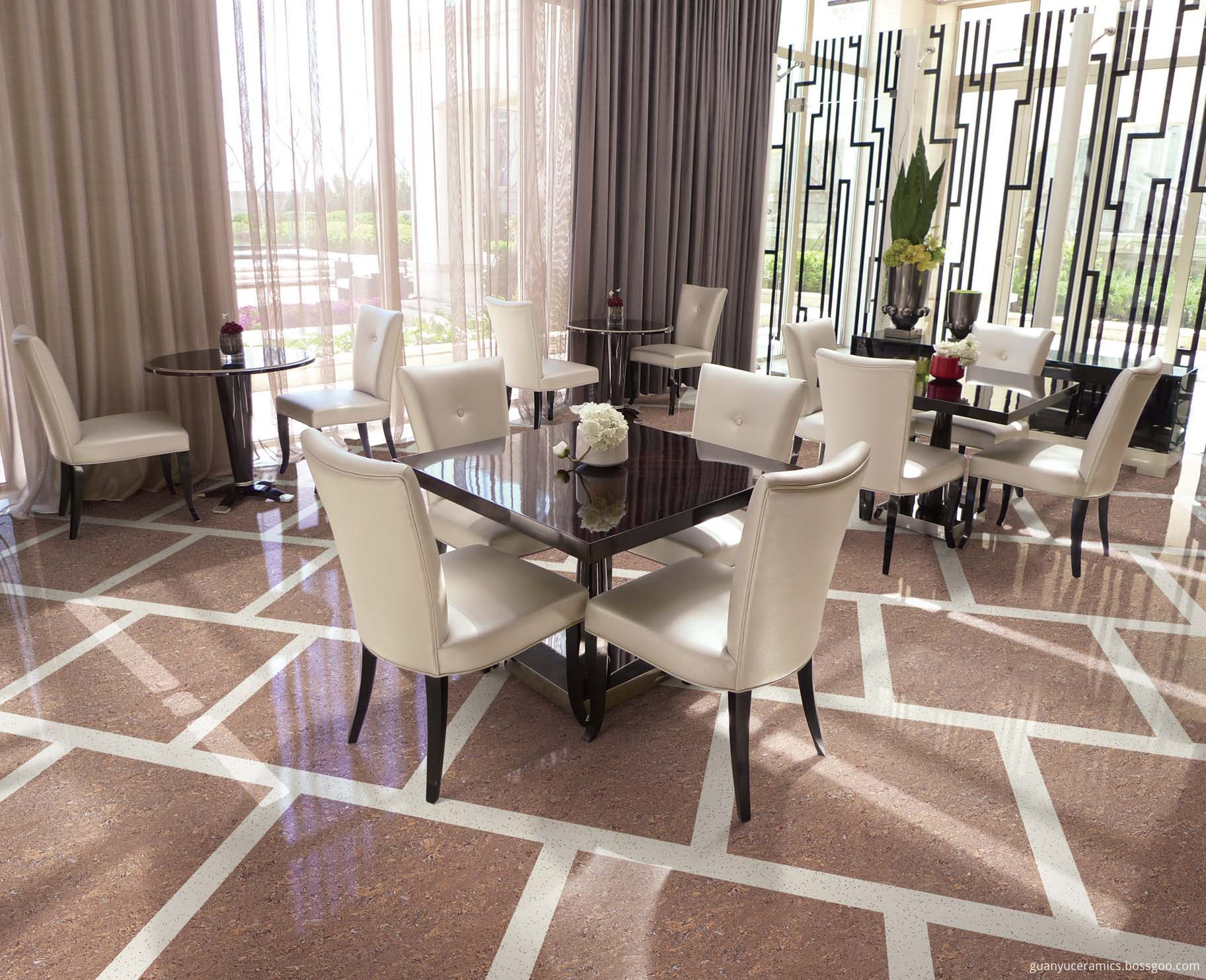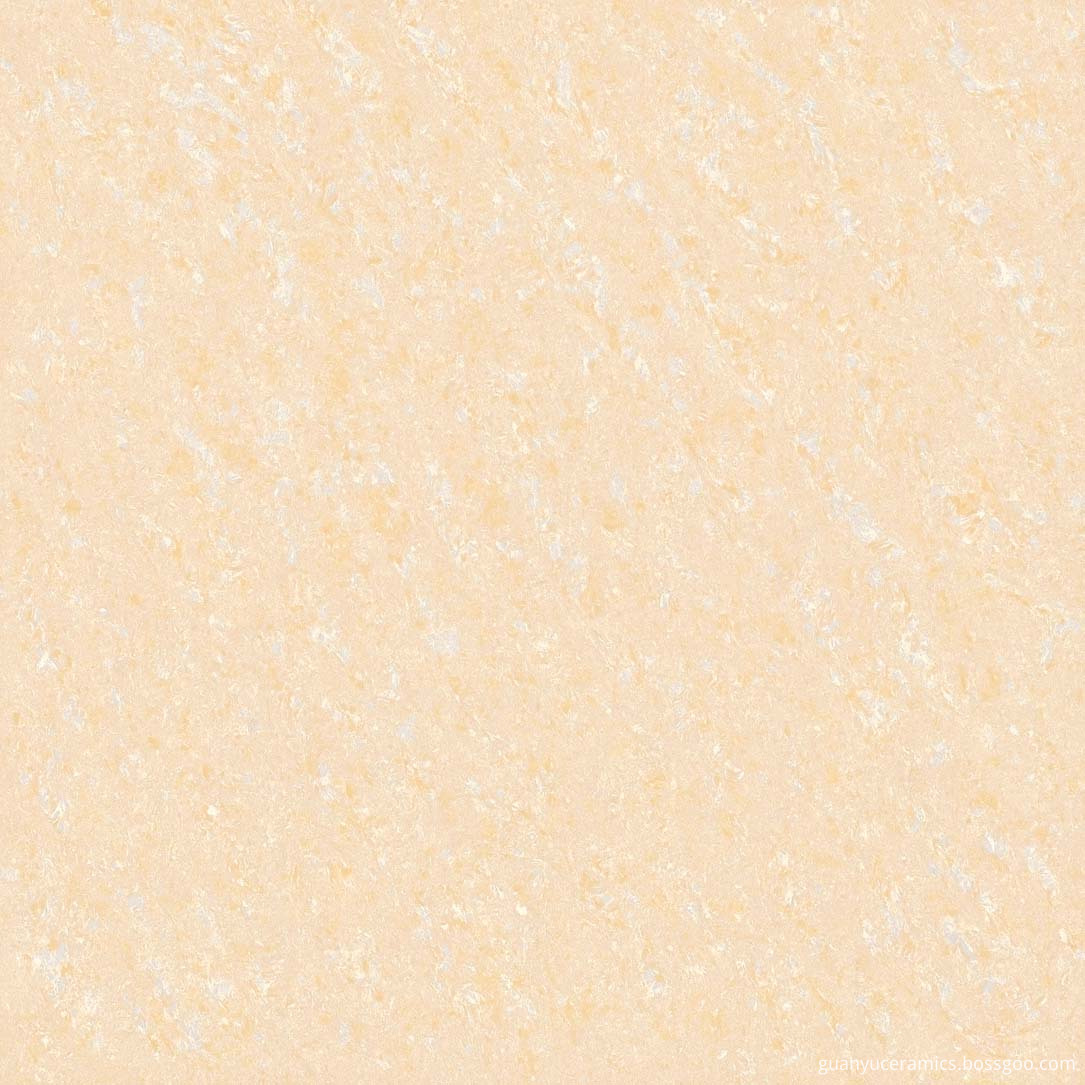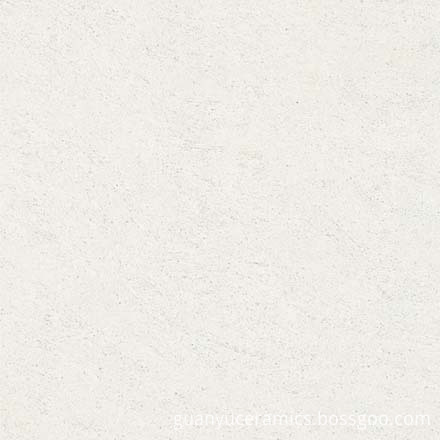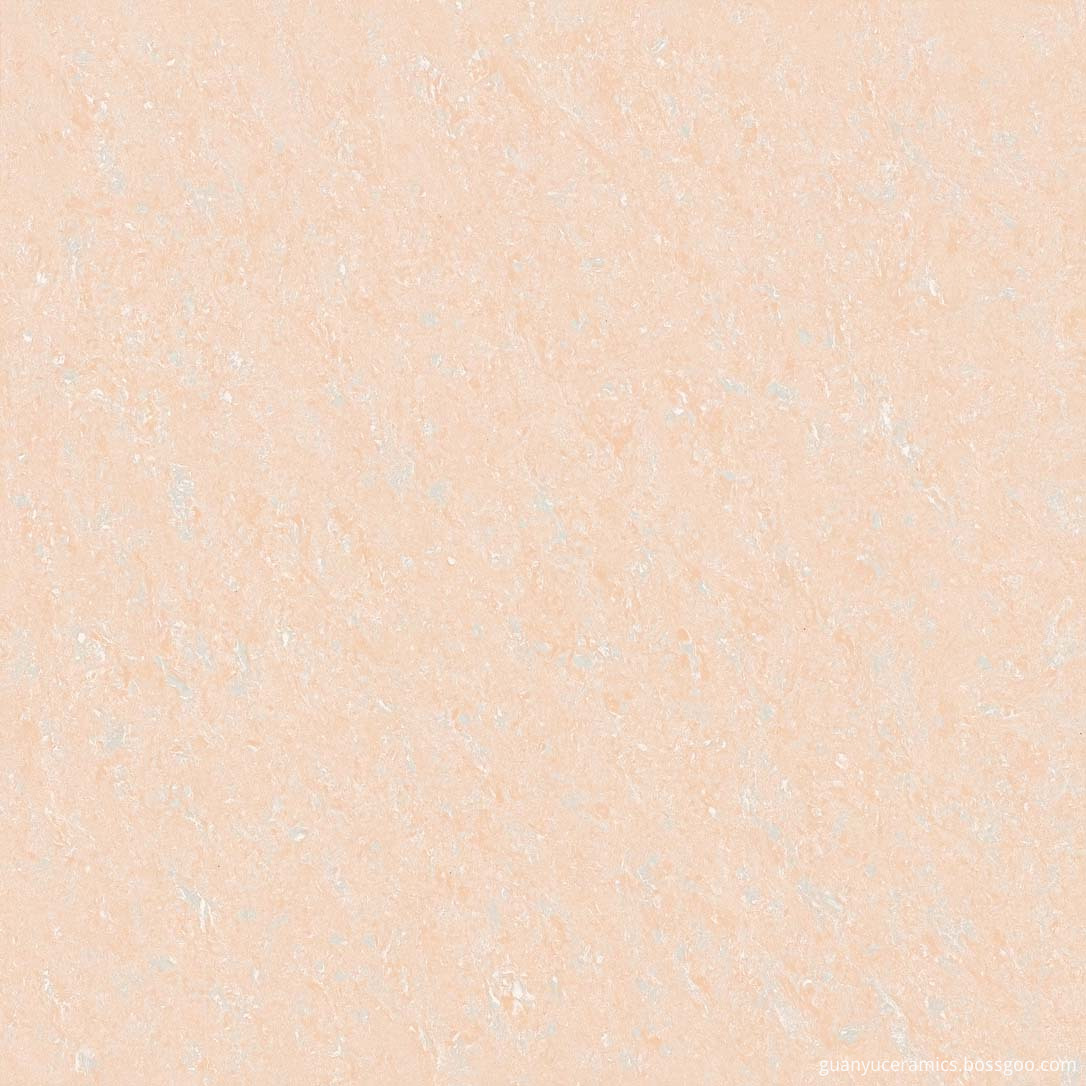U.S. R&D surround backscatter technology allows Wi-Fi signals to be charged
The surround backscatter technology developed by American engineers can utilize Wi-Fi signals and convert them into electricity. A prototype router incorporating this technology is now available. Surround backscatter, also known as Wi-Fi backscatter, allows two depleted wireless RF power devices to communicate backscattering existing wireless signals.
1. The router transmits a binary code of 0s and 1s by alternately absorbing or reflecting Wi-Fi or TV signals already present in the air without batteries. Past experiments used Wi-Fi to provide a small amount of power, which would cause too much interference and slow down the wireless network. However, the new method is to maintain data transmission speed by jumping between Wi-Fi channels in the 2.4 GHz wireless band.
2. Using a component called a rectifier, the energy of the radio waves emitted by the router will be converted into a DC voltage. This principle is similar to the solar panel converting light energy into electricity.
3. Elevate the voltage to a usable level with a DC converter to match the requirements of the sensor or microcontroller.
Will not cause interference to the speed of the network
Wi-Fi backscatter technology was first published by the research team of the University of Washington. At the recent MIT EmTech Digital conference, the team’s chief engineer, Shiam Gracota, demonstrated the router. The research team installed a prototype router called PoWiFi in six homes and required users to use this router throughout the day.
During the test, the PoWiFi router can charge the camera at a distance of 5 meters without disturbing the network speed.
Although Gracota was not the first to use peripheral RF sources to obtain power, the router he developed was the first device to require a dedicated gateway, such as an RFID reader when connected to a network. The research team used existing Wi-Fi facilities to communicate with low-power devices. It is for this reason that more than half of the users who participated in the test stated that "No noticeable effect was found when using the Internet."
Grakota said: "If the IoT wants to take off, we must allow billions of batteryless devices embedded in everyday items to be networked. The latest technology not only enables the connection of devices to Wi-Fi, but also reduces energy consumption. Many orders of magnitude.†They plan to start a company to promote this technology.
Continuously provide enough energy
This system can be used to charge temperature sensors and low-resolution cameras without reserve batteries as well as charged standard batteries. Part of the difficulty is getting routers to provide enough energy, said research team member Fumish Tana, a researcher at the University of Washington in Seattle.
When someone is surfing the web, the wireless network signal is active and it can be used to charge the device. But if no one is online, this signal is inactive. "Using wireless network communications, you only send signals when there is data to send." Tana said. "But for charging, you want it to be transmitting data. There is a clear mismatch between the two."
To solve this problem, the research team developed a software that can send meaningless data in different wireless network channels when no one is using the network. Small devices can use it as part of the Internet of Things, said Ben Porter of the University of Reading in the United Kingdom. "Our goal is to have more sensors in our surroundings. The innovation of microchips means that they run on less power. For that type of application, this is an interesting technology."
Can charge apples several times a day
Wireless networks cannot provide very powerful signals. In many countries, wireless networks are strictly regulated—for example, the Federal Communications Commission of the United States limits the power of wireless networks to within 1 watt. The power requirement of an iPhone charger is at least 5 watts.
Ossia, a company based in Bellevue, Washington, puts forward a solution. It has a system called Cota that circumvents the Federal Communications Commission's specifications—it designed a wireless network hub that can transmit radio waves at the wireless network frequency, but it does not send communication signals.
Cota's setup can generate up to 20 watts of power, but it only provides 1 watt of power for a cell phone. Ossia’s CEO, Hatam Zeine, said that it’s enough to charge the iPhone 5 several times in a day if it can continue to get this signal.
"Unlike wireless networks, our power signal is not adjusted," Zeine said. "This is a continuous wave, but it doesn't have any information." The demodulation chip on the charged device will tell the hub. It is from which of the thousands of antennas in Cota receives the signal. The antennas themselves are active and the entire system can ignore other objects in the room, such as the human body.
Internet of Things Market Scale
1.7 trillion U.S. dollars by 2020
The latest report released by market research agency IDC predicts that by 2020, the global IoT market will increase from US$655.8 billion in 2014 to US$1.7 trillion.
IDC estimates that by 2020, the number of global Internet of Things terminals (such as cars and refrigerators, all connected devices in the Internet of Things) will increase from 10.3 million in 2014 to 29.5 million. Equipment, connectivity and IT services will constitute a major share of the global Internet of Things market, of which only equipment will account for 31.8% of the total market size.
Guanyu Ceramics Tiles are top quality, nano-polished, low water absorption, rectified. Unique grains like gurgling water make you like being in a vivid fairyland, the natural curve shows the special grace and true tenderness, a fresh and tasteful life is unfolding before your eyes.
Top Grade Crystal Double-Loading Polished Tile / Popular Porcelain Porcelain Floor Tile / Customized Double-Loading Porcelain Tile
Application:
1. Flooring, wall tiles in a bathroom, kitchen and other living space.
2. Hotel lobby flooring, airport, super market, shopping mall, warehouse flooring big project etc.
3.Indoor/Outdoor: Indoor,Commercial Area.
Packing information:
SIZE: 600*600 mm: 4PCS/CTN, 32KG/CTN, 1.44SQM/CTN, 840CTN/20′, 1,209SQM/20′, 27,300KG/20′
SIZE:800*800 mm: 3PCS/CTN, 50KG/CTN, 1.92SQM/CTN, 540CTN/20′, 1,036SQM/20′, 27,270KG/20′
In neutral cartons and put on wooden pallet.
Why Guanyu Ceramics?
Guanyu Ceramics, specializing in making mosaics, polished tiles, rustic tiles and glazed internal wall tiles, makes our brand "Guanyu Ceramics" popular around the world and established worldwide distribution Channels in many countries and areas under the support of many clients.
We will supply you:
- Good Quality:
We got ISO9001:2000, ISO14001:2004, GB/T28001-2001 certificate, compulsory 3C certificate and strictly carries out their standard systems. And our inspection deptment supervise all the goods and it makes the goods are what your expected.
- Reasonable Price:
Our reasonable price will help you to enlarge your market.
- 10 years tiles exporting experience:
Over 10 years of exporting experience on tiles guarantee that all the steps of exporting can goes smoothly and it saves your time and money of getting goods.
- Meet Your Needs:
If your requirement go beyond our tiles, please contact us with your tiles designs. We are always happy to discuss your needs.




Please kindly contact us for further details if you are interested, thank you!
Crystal Double - Loading Series Tile
Crystal Double - Loading Series Tile,Crystal Double Series Tile,Crystal Loading Series Tile
Foshan Guanyu Group , https://www.guanyu-group.com